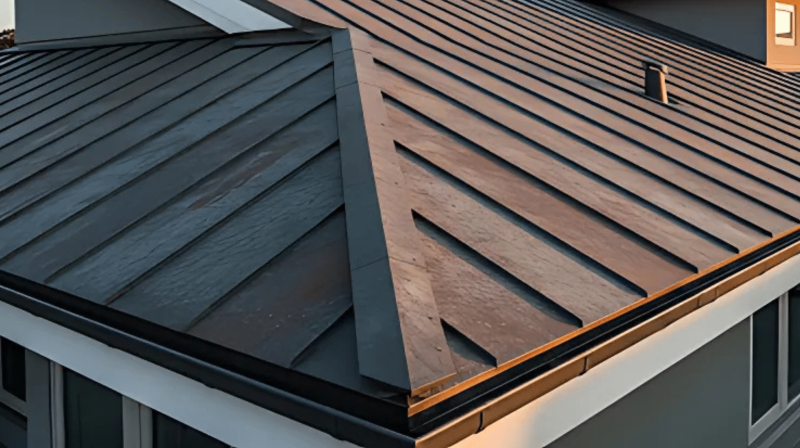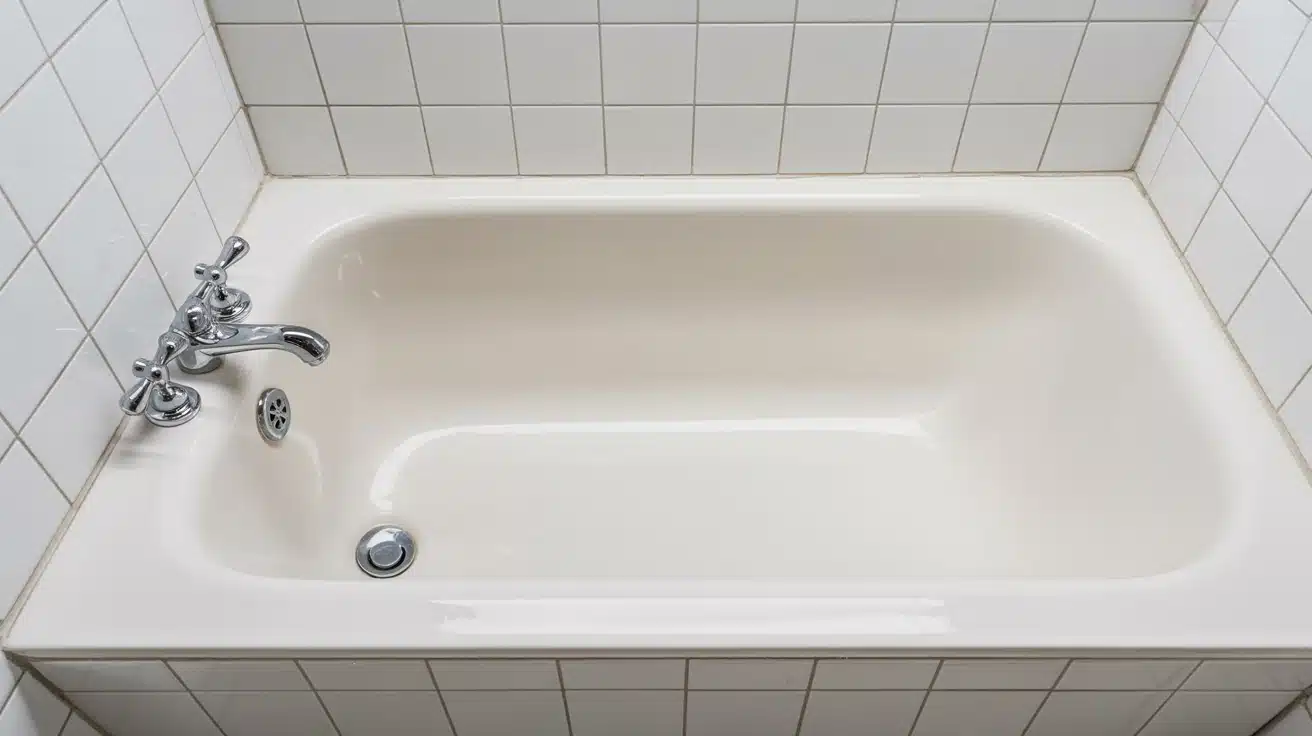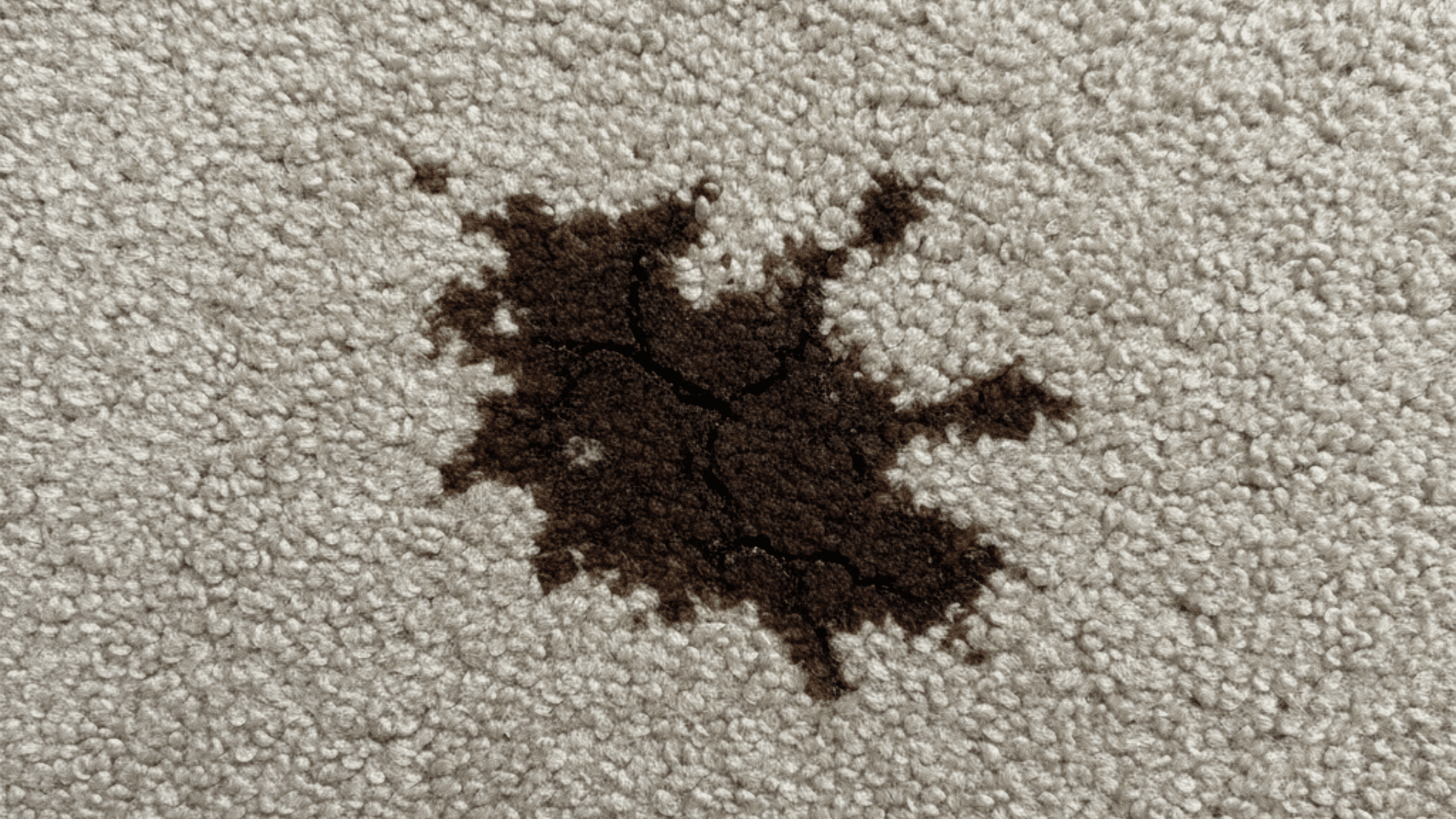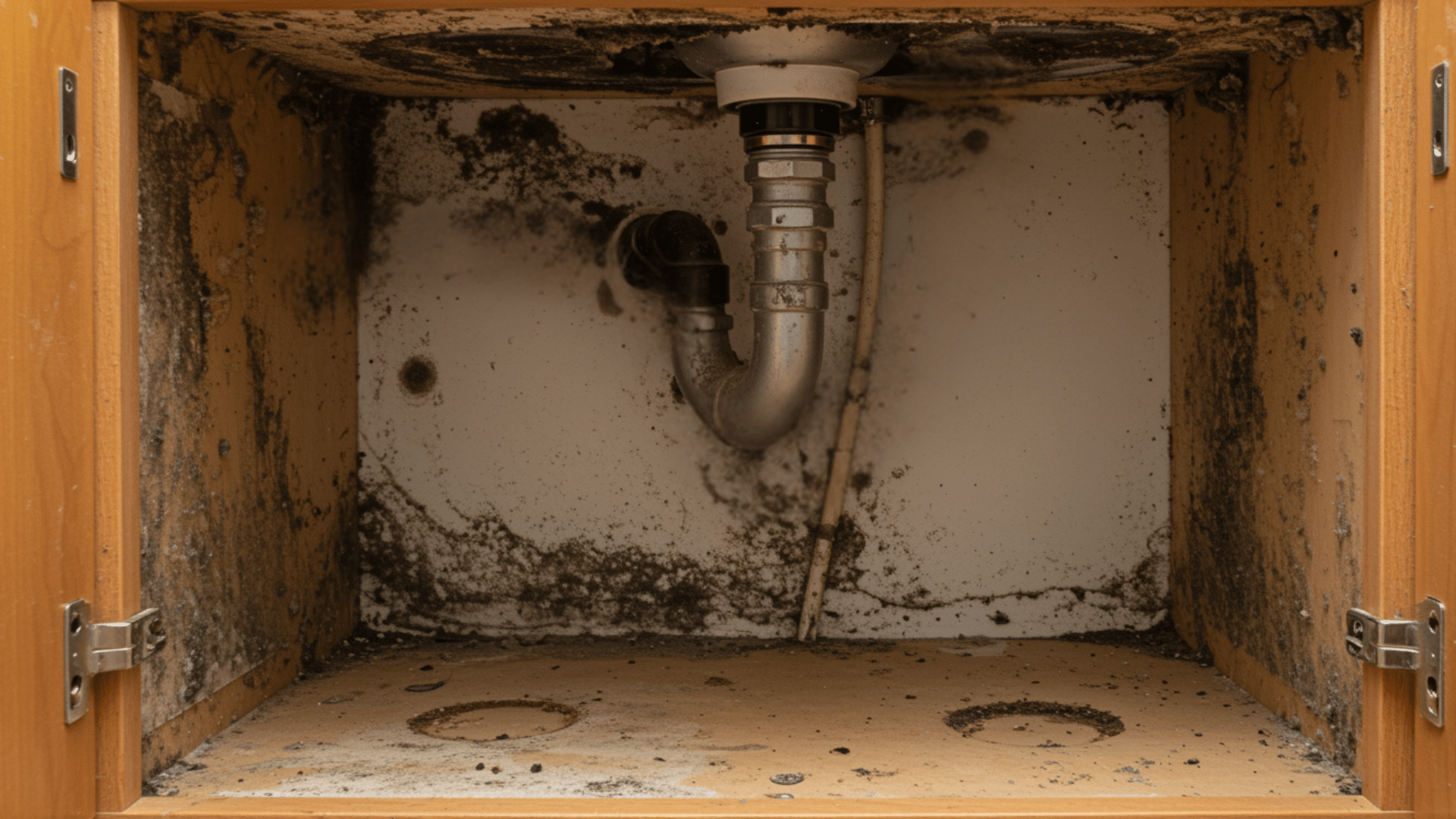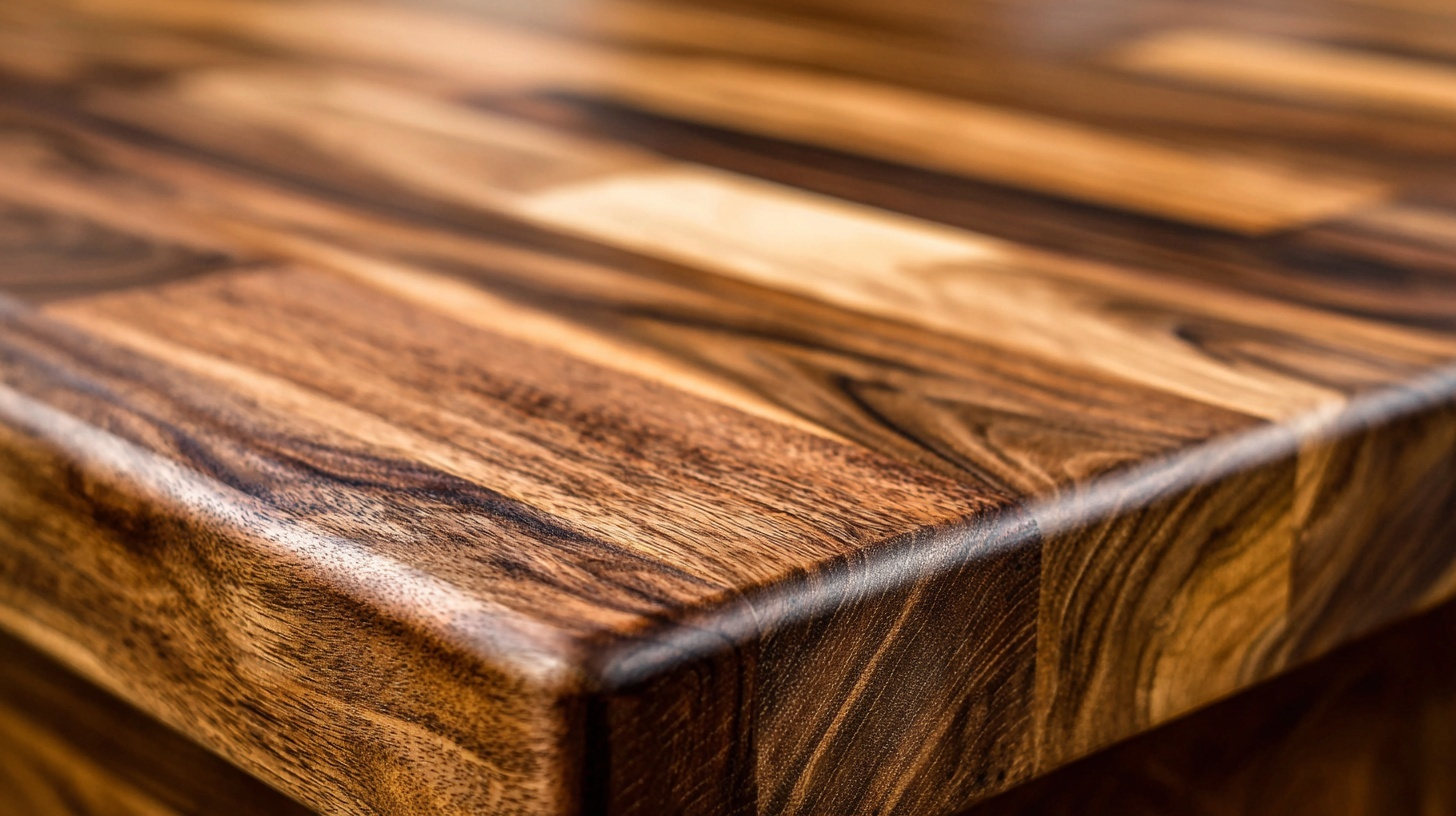Stone-coated steel roofing seems like the perfect solution. It promises durability, style, and long-lasting protection for your home. But I’ve seen many homeowners face unexpected issues after installation.
Most of these problems have practical solutions. And there are excellent alternatives if stone-coated steel isn’t right for your situation.
In this blog, I’ll walk you through the most common stone coated steel roofing problems I’ve encountered. You’ll learn why they happen and what you can do about them. Plus, I’ll share some solid alternatives that might work better for your home and budget.
Let’s get started with what you need to know before making your roofing decision
What is A Stone-Coated Steel Roofing System?
A stone-coated steel roofing system consists of steel panels coated with stone granules attached via acrylic polymer adhesives. The steel base, often galvanized or Galvalume steel, provides strength, durability, and corrosion resistance.
The stone coating offers a natural, attractive appearance that mimics traditional roofing materials like clay tiles or wood shakes.
This combination results in a lightweight, weather-resistant roof that withstands extreme conditions such as heavy rain, hail, and high winds.
Additionally, the stone granules protect against UV rays and reduce noise from rain or hail.
Stone-coated steel roofs come in various designs and colors, providing long-lasting durability, energy efficiency, and fire resistance for both residential and commercial buildings.
This roofing system generally lasts 50+ years with proper installation and maintenance.
Common Problems with Stone Coated Steel Roofing
Stone-coated steel roofing is known for its durability, aesthetic appeal, and long lifespan, making it an increasingly popular roofing choice. However, like any roofing material, it comes with some common problems that homeowners should be aware of before investing.
The following are stone coated steel roofing problems.
1. High Initial Cost
One significant drawback of stone-coated steel roofing is its high upfront cost. The manufacturing process involves specialized materials and coatings that naturally raise the price compared to traditional options like asphalt shingles.
While more expensive initially, this cost can be justified by the roof’s exceptional longevity, minimal maintenance needs, and energy efficiency. Over the long term, it often results in overall savings due to reduced repairs and replacement frequency.
2. Noise During Rain or Hail
Stone-coated steel roofs can amplify noise during heavy rain or hail due to their metal base. The sound of precipitation hitting the metal surface can be disruptive inside the home, which might be a concern for some residents.
Fortunately, installing appropriate insulation and underlayment beneath the panels significantly dampens this noise, creating a much quieter indoor environment and maintaining comfort during storms.
3. Potential for Stone Granule Loss
With prolonged exposure to the elements, the stone granules bonded to the metal surface can wear away or loosen over time. This gradual granule loss affects not only the roof’s visual appeal but also its ability to reflect heat effectively, potentially reducing its energy efficiency.
Regular roof inspections and timely maintenance or panel replacement can help preserve the protective stone coating and extend the roof’s lifespan.
4. Installation Challenges
Proper installation of stone-coated steel roofing requires skill and experience because the metal panels must fit tightly together to ensure a watertight seal. Poor installation can lead to leaks and interior water damage, undermining the roof’s durability.
Hiring professional roofers knowledgeable in this roofing system is essential to prevent installation errors and to maintain the integrity and warranty of the roof.
5. Weight Considerations
Stone-coated steel roofing is heavier than traditional roofing materials such as asphalt shingles. This added weight may necessitate reinforcing the roof structure to safely support it.
Consulting a structural engineer or roofing professional before installation is important to ensure your home’s framework can handle the extra load without compromising safety or performance.
6. Color Fading
Over time, the stone coating’s color may fade due to prolonged sun exposure and weathering. This fading can diminish the roof’s aesthetic appeal and cause the home to look less well-maintained.
While the fading does not usually affect the roof’s structural integrity, it might lead homeowners to consider repainting or coating to restore visual vibrancy.
7. Risk of Dents and Damage
Although stone-coated steel roofs are highly durable, they can still be dented by severe hailstorms or falling debris. Dents impact the roof’s appearance and might enable moisture penetration if the protective coatings are compromised. Regular inspections after storms and prompt repairs can mitigate long-term damage and maintain roof performance.
8. Maintenance Requirements
While generally low-maintenance, stone-coated steel roofing still requires periodic inspection for granule loss, dents, or sealant wear. Neglecting maintenance can lead to small issues progressing into costly repairs. Staying proactive with cleaning debris, checking seams, and addressing minor damages helps extend the roof’s service life.
9. Noise Amplification Without Proper Insulation
If the roofing system lacks proper underlayment or attic insulation, the noise from rain or hail can be significantly amplified. In some homes, this may affect comfort during storms. Ensuring professional installation includes sound-dampening layers reduces this problem and enhances indoor quietness.
10. Limited DIY Installation Options
Due to the technical challenges and precision needed, stone-coated steel roofing is less suitable for DIY installation. Improper handling can damage the stone coating or produce uneven seams, leading to leaks or shorter roof life.
This limitation means homeowners are reliant on professional contractors, which may increase initial costs and scheduling considerations
Pros and Cons of Stone Coated Steel Roofing
Stone-coated steel roofing combines the durability of metal with the appearance of traditional materials like tile or shingles. It’s a popular choice for homeowners seeking both aesthetic appeal and long-term performance.
The following are some stone coated steel roofing problems with some of its pros.
| Pros | Cons |
|---|---|
| Can last 40–70 years | Higher upfront cost compared to asphalt |
| Excellent weather resistance against wind, hail, and fire | Heavier than other metal roofing (may need extra support) |
| Low maintenance | Installation requires expertise |
| Reflects heat, reducing cooling costs | Limited availability in some areas |
| Has aesthetic versatility that mimics tile, wood shake, or shingles | Noise potential during heavy rain or hail if not insulated properly |
| Resists cracking, warping, and curling | May dent under extreme impact, though rare |
| Recyclable material | Possible color fading over decades |
The Best Alternatives to Stone-Coated Steel Roofing
Stone-coated steel roofing is a durable and visually appealing roofing option that mimics traditional materials like tile and slate with enhanced protection.
However, to escape stone coated steel roofing problems, many alternatives offer similar or distinct advantages depending on your priorities, such as cost, appearance, longevity, and maintenance, which I recommend.
Asphalt Shingles
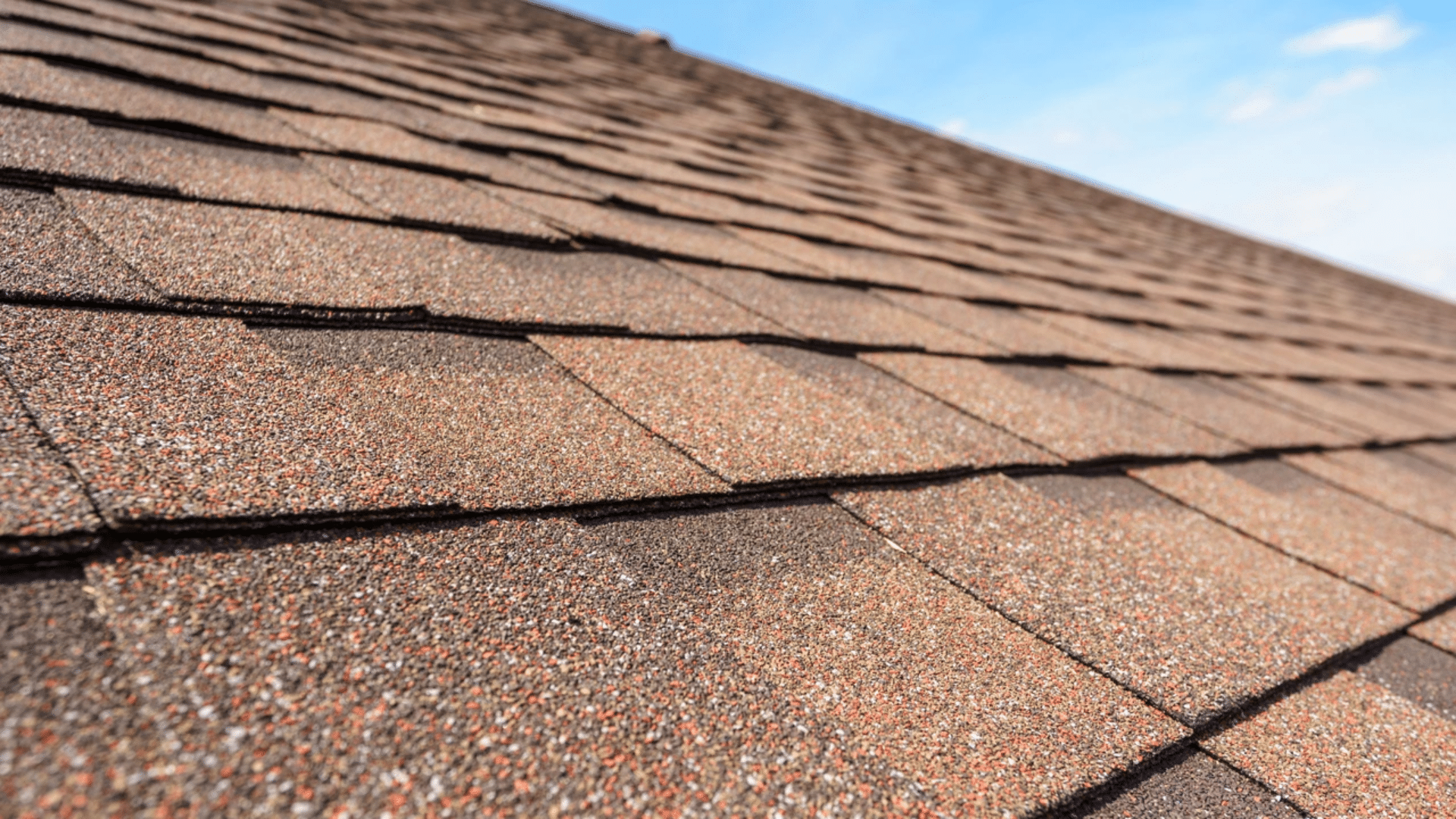
Asphalt shingles are the most common roofing material in the US due to their affordability and ease of installation. While not as durable as stone-coated steel, asphalt shingles offer decent weather resistance and come in a wide variety of colors and styles.
They tend to absorb and radiate heat, making them less energy efficient, but remain an economical option for many homeowners who prefer quick, low-cost roof replacement.
Wood Shingles and Shakes
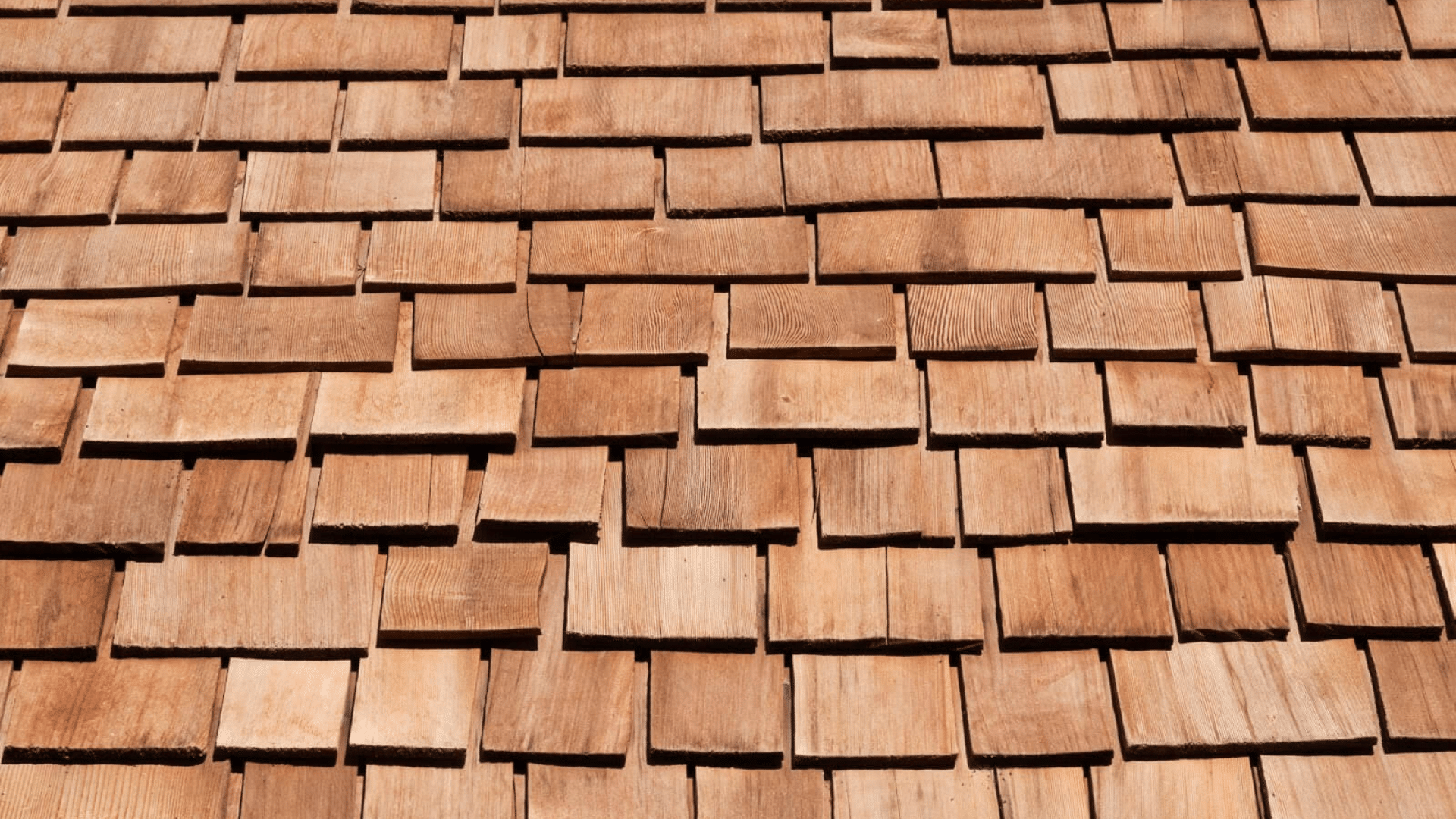
Wood shingles and shakes offer a natural, rustic appearance that suits many traditional and modern home designs. This roofing alternative is made from cedar, redwood, or pine and provides good insulation properties.
Though more susceptible to fire, rot, and pests than metal or synthetic roofs, treated wood variants improve durability. Regular maintenance is crucial to preserve the beauty and extend the life of a wood roof.
Clay or Cement Tiles
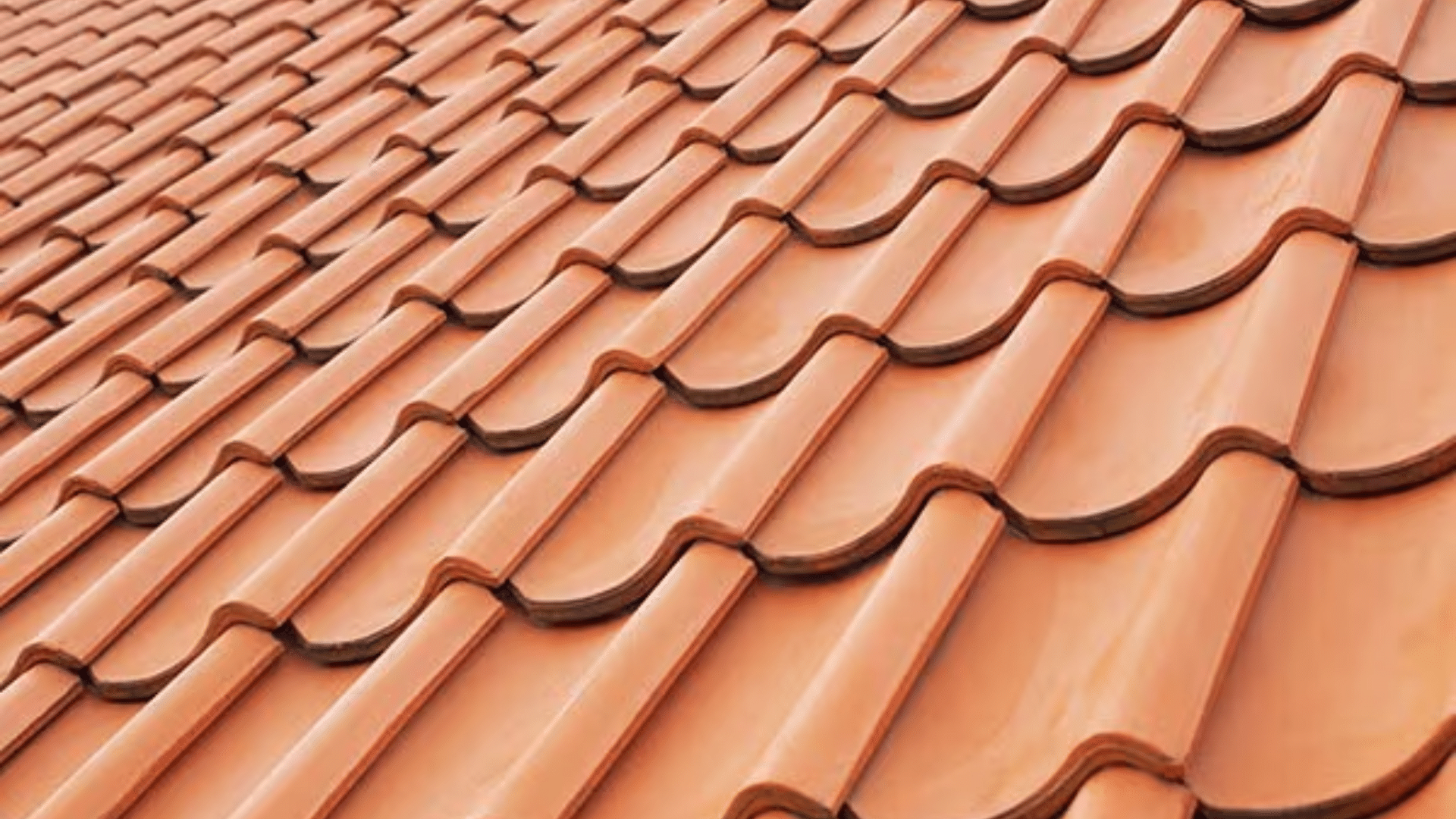
Clay and cement tiles offer a classic, high-end look with excellent weather resistance and longevity, frequently lasting a century. Compared to stone-coated steel, they are much heavier and require stronger structural support.
They are prone to cracking but bring natural thermal properties that help keep homes cooler, especially in hot climates.
Synthetic Roofing Tiles
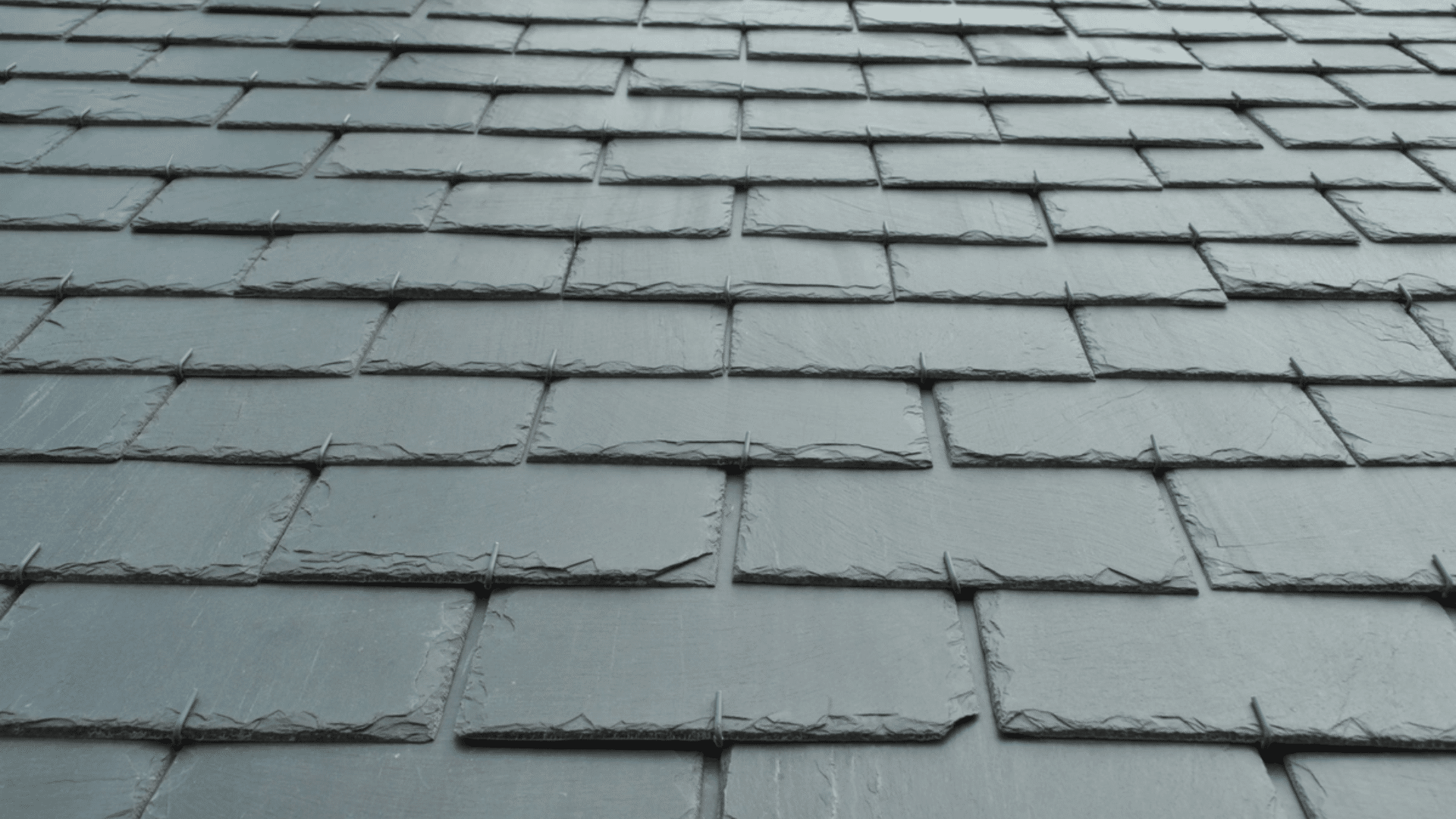
Synthetic tiles made from composites or rubber are lightweight and designed to imitate natural materials like slate or wood shakes. They provide durability comparable to metal options, resist cracking, and avoid the weight issues of clay tiles.
Synthetic options often present a balance of aesthetics, longevity, and lower maintenance than natural materials or stone-coated steel roofs.
Slate Roofing

Natural slate tiles are among the longest-lasting roofing materials, with lifespans exceeding 100 years. They offer unmatched elegance and weather resistance but come with high upfront costs and heavy weight, requiring reinforced support.
Slate delivers a unique, upscale aesthetic for historic or luxury homes, but may be cost-prohibitive compared to stone-coated steel alternatives
How to Choose the Right Roofing Material for Your Home
When choosing the right roofing material for my home, I start by considering the climate and weather patterns.
Materials should withstand local extremes, like heavy rain, wind, or snow. I also weigh durability and maintenance needs against initial cost, since investing a bit more upfront can mean fewer repairs or replacements later.
Next, I think about the architectural style and color palette of my house, because the right roofing enhances curb appeal. Energy efficiency and sustainability matter as well, so I look for options that provide insulation and might reduce energy bills.
Finally, I always consult reputable roofing professionals who can advise on structural requirements and local building codes, ensuring my choice is as practical as it is attractive for the long term.
The Bottom Line
Making the right roofing choice isn’t always straightforward. I’ve shown you the real problems that can pop up with stone-coated steel roofing. From granule loss to installation challenges, these issues are more common than most people realize.
You can tackle stone coated steel roofing problems head-on with the alternatives I’ve shared.
Take time to evaluate your specific needs. Consider your climate, budget, and long-term goals. Talk to local contractors who have experience with different roofing materials.
Start by getting quotes from certified installers in your area. Your roof deserves the best choice for your situation.


